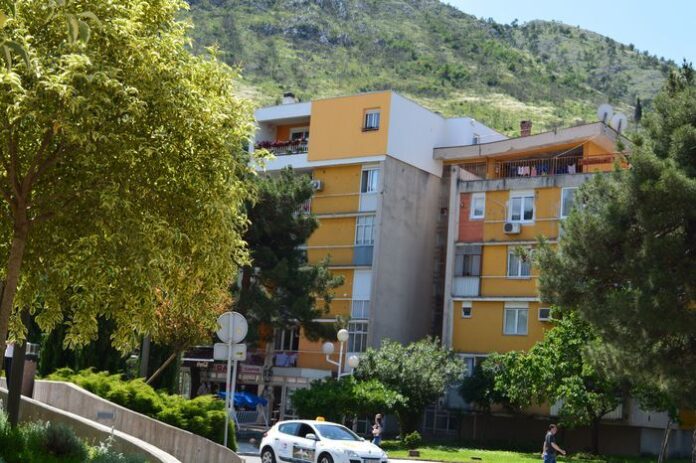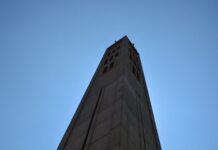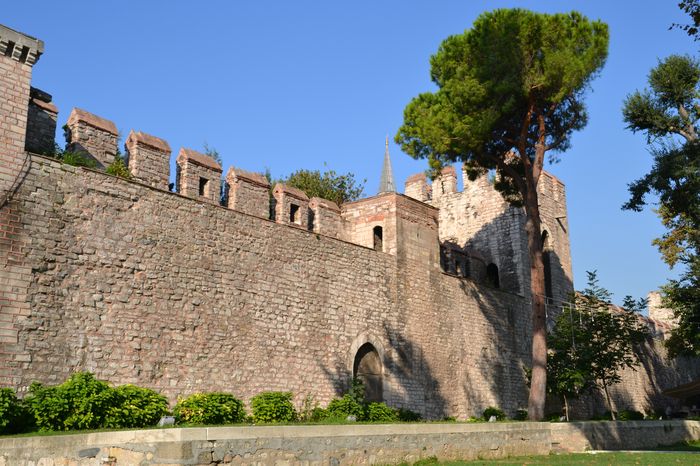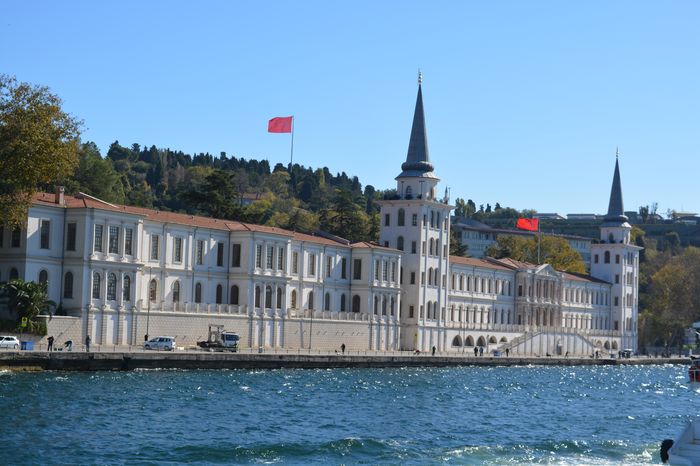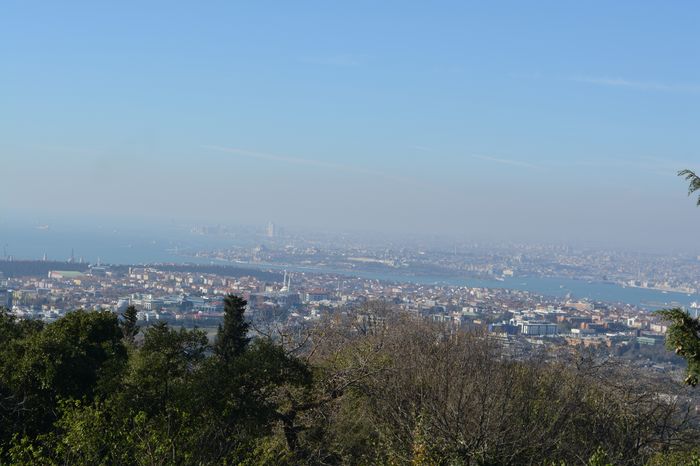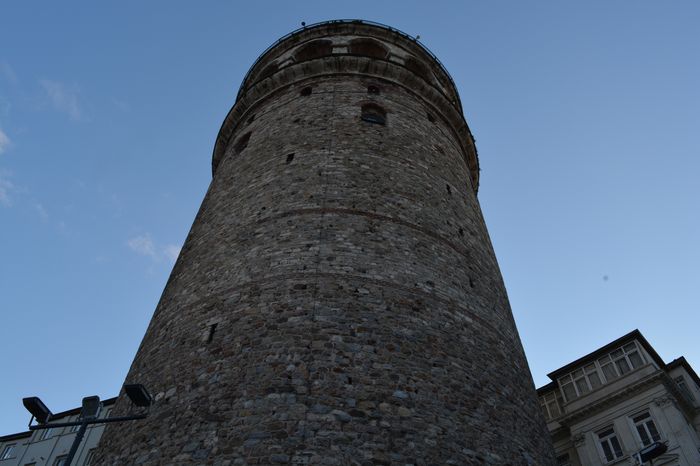Even though the fortifications around the western spur of the Sixth Hill may have a very old origin, it is wrong to think that they are just an extension of the Theodosian Walls. In fact, they are completely different constructions—both in direction and design The Religious Sites and Walls at the Sixth Hill.
A Different Direction and Design
The Theodosian Walls run northeast, but the walls around the western spur go north. If the Wall of Anthemius were extended straight, it would pass east of these spur walls. Likewise, the Wall of the Prefect Constantine, if extended, would actually cross them at an angle.
Also, the outer wall north of the Kerko Porta (also called the Xylokerkus Gate) is joined almost at a right angle to the Wall of Constantine. Their point of contact shows a clear seam, indicating that they were not built at the same time Istanbul Day Tour.
The Kerko Porta’s Unique Location
The Kerko Porta stands in a very narrow space—with the outer wall on one side and a tower near the western front of the Palace of the Porphyrogenitus on the other. This tight placement suggests that the gate was fitted in later, and not part of a single, unified design. If all of these walls had been part of the same original plan, such a cramped and awkward gate layout would not have been used.
Differences in Masonry
Another important clue is the masonry (stonework). The walls around the western spur use different construction techniques and materials than those found in the Theodosian Walls, which further proves that they were built separately.
Why Are These Walls Different?
There are several possible reasons why the walls north of the Kerko Porta are not part of the Theodosian system:
They may have been altered later, even if originally Theodosian. They may belong to an older period before Theodosius II. They may have been built in a later period.
Among these, the second explanation seems most likely: that these fortifications already existed before the Theodosian Walls.
The Fourteenth Region and Its Early Defense
According to the Notitia Urbis Constantinopolitanae, the Fourteenth Region of Constantinople—located on the Sixth Hill—was protected by its own wall (proprio muro vallata), and may have functioned like a separate town or suburb. This setup existed before the reign of Theodosius II, meaning these defensive walls could be older than the Theodosian Walls.
Because of this, it’s very likely that the defensive system before the Walls of Heraclius, Leo, and Manuel Comnenus was based on the linking of the new Theodosian Walls with the older, already existing walls around the western spur.
The evidence shows that the northwestern defenses of Constantinople were not just a continuation of the Theodosian Walls. Instead, they included older fortifications that likely protected the Fourteenth Region even before the 5th century. This area, including the Palace of Blachernae, played a key role in the city’s defense long before later emperors added more walls. The Kerko Porta and surrounding structures stand as clear proof that multiple construction periods and strategies shaped the city’s complex system of fortifications.
